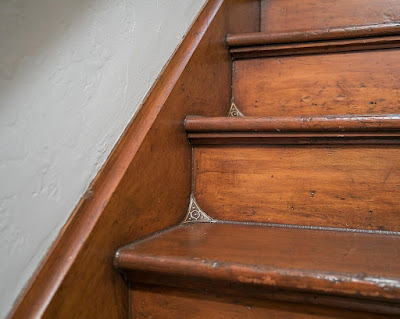David Hockney, pintor tramposo y perspicaz, alzó un gran muro para comprender la aparición de los instrumentos ópticos en el campo de la pintura. Si el número de zurdos se multiplicaba en determinadas épocas, se podía inferir que el pintor había comenzado a emplear una óptica de espejos para pintar (una técnica que a todo diestro volvió repentinamente siniestro). Su gran muro, era una sucesión cronológica (¿Cuál no lo es?), de pintura y más pintura hecha de ladrillos imperecederos.
Muros así no necesitan suelo. Al menos no uno que no sea el puramente visual, o ideológico. Muros como esos no separan sus dos caras. No construyen fronteras ni bordes. Se limitan a conformar vacíos elocuentes y cambios de tendencias. Es decir, se trata de un muro sin sus habituales exigencias y por tanto suficientemente excepcional para cuestionar el mismo concepto de muro.
¿Y si los muros no estuviesen constituidos por un haz y un envés, sino de otro modo? ¿Y si la fuerza de la gravedad no estuviese en su centro psicológico y sensorial? ¿Y si en realidad el verdadero material de todo muro no fuese el hormigón, o el ladrillo sino el tiempo?
The holes in a wall are more eloquent than its bricks or masonry. The blank spaces, seemingly devoid of matter, possess meaning in their own absence. The wall, every great wall, becomes significant precisely when it ceases to be so. This extends to every wall in history: from Hadrian's Wall to the Berlin Wall to the Great Wall of China.
David Hockney, a cunning and insightful painter, erected a great wall to understand the emergence of optical instruments in the field of painting. If the number of left-handed people multiplied in certain periods, one could infer that the painter had begun to use a mirror-optic to paint (a technique that suddenly made every right-hander sinister). His great wall was a chronological succession (what isn't?), of painting and more painting made of imperishable bricks.
Walls like these do not need a floor. At least not one that is not purely visual or ideological. Walls like these do not separate their two faces. They do not construct borders or edges. They merely shape eloquent voids and changes in trends. In other words, this is a wall without its usual demands and therefore sufficiently exceptional to question the very concept of a wall.
What if walls were not constituted by a front and a back, but in another way? What if the force of gravity were not at its psychological and sensory center? What if the true material of every wall were not concrete or brick but time?











%20with%20illustrations%20by%20Poyet%201890-93.jpg)









_-_left_hand_screen,%20imagen%20wikipedia.jpg)







































































































